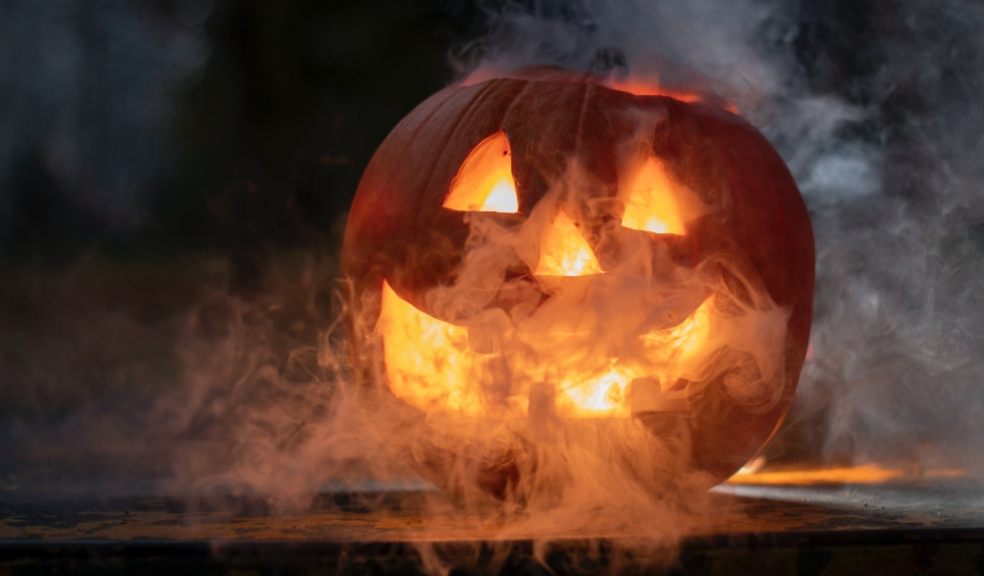
Worst confectionery for your teeth this Halloween
With the countdown to Halloween approaching, many of us will be looking forward to pumpkin picking, spooky films and trick or treating. Although it's the time of year to indulge in our favourite sweets and chocolates, some may result in more of a trick than a treat!
To truly assess confectionery with the highest sugar content, the dental experts over at Vera Clinic Cosmetic Dentistry have revealed a list of the most damaging for our teeth.
The research entailed collating a seed list of the UK’s favourite sweets and confectioneries, and analysing the sugar content per average portion size against the average recommended sugar intake for those aged four and over. The NHS recommends a daily sugar limit between 19g and 30g depending on your age. You’ll find supporting commentary from Dentist Dr. Selin Kılıç at Vera Clinic Cosmetic Dentistry.
Confectionery Brands
Average portion size (grams)
Sugar (grams)
Number of times above recommended daily allowance of sugar (in teaspoons)
11+
7-10
4-6
Starburst
45
37
1.2
1.6
2.0
Skittles
45
33
1.1
1.4
1.7
Mars Bar
51
31
1.0
1.3
1.6
Double Decker
55
30
1.0
1.3
1.6
Cadbury Creme Egg
40
27
0.9
1.1
1.4
Crunchie
40
26
0.9
1.1
1.4
Twix
50
24
0.8
1.0
1.3
Galaxy
42
23
0.8
1.0
1.2
Aero
36
21
0.7
0.9
1.1
Kitkat
42
21
0.7
0.9
1.1
Starburst:
Starburst includes the highest sugar intake per 45g serving consisting of 37g of sugar per tube which is 1.2 times more than the daily intake for those aged 11+.
By comparison, Starburst contains the most sugar for children aged 4-6, at nearly twice their daily sugar allowance, whilst children aged 7-10 are consuming 1.6 times their allowance, the equivalent of nearly 10 teaspoons of sugar.
Dentist Dr. Selin Kılıç has commented that ‘Sweets that are in the form of a taffy have a sticky consistency and therefore are stubborn and harder to remove from your teeth, as the longer it sits on your teeth, the more time bacteria can work and create cavity-causing acid. Chewy sweets can also be damaging on crowns and fillings by sticking and pulling at them when consuming.’
Skittles:
Skittles include 33g of sugar per bag which is equivalent to nearly 8 teaspoons of sugar (children aged 11+). When breaking down by age group, children aged 4-6 are ingesting 1.7 times their daily sugar allowance, compared to nearly 9 teaspoons of sugar.
Dentist Dr. Selin Kılıç has commented that ‘Most hard sweets can contribute to tooth decay and biting down on hard candy could even result in a dental emergency, such as a chipped or broken tooth. Due to the chewy textures, sugar can reach the grooves of teeth and under gums, which is hard to reach with your toothbrush, emphasising the importance of flossing to prevent cavities.’
Mars Bar:
A Mars bar weighs 51g, consisting of caramel and nougat coated with milk chocolate and contains 31g of sugar which is more than 7 teaspoons of sugar.
Dentist Dr. Selin Kılıç has commented that ‘These types of chewy chocolate bars with sticky fillings contain lots of sugar. The soft chocolate can brush up on your teeth and the chewy centre will often stick in between your teeth making it a harder texture for the teeth and even more vital to clean as soon as eaten.’
Double Decker:
In fourth place is a Double Decker, a contrasting combination of crispy cereal and soft, pillowy nougat, layered up and coated in smooth Cadbury milk chocolate, giving you two bars in one. A single 55g bar contains 30g of sugar which is exactly the amount of sugar someone aged 11+ is allowed per day.
Dentist Dr. Selin Kılıç has commented that ‘Chocolate bars have sweet centres that only damage your teeth further for the same reasons that sticky sweets are bad for them. The different textures in this chocolate bar can be difficult to eat, causing extra chewing and damage on the teeth.’
Cadbury Creme Egg:
Rounding off in fifth place is the nation's favourite - a Cadbury Creme Egg, made up of a milk chocolate shell with a soft fondant centre which contains a whopping 27g of sugar, for one 40g egg. Just one small creme egg is 1.4 times more than a child’s daily sugar allowance or 7 teaspoons of sugar (4-6 years old).
Dentist Dr. Selin Kılıç has commented that ‘Due to the hard exterior, the egg can be damaging to your teeth by causing stress and cracking your front teeth when biting into.’













